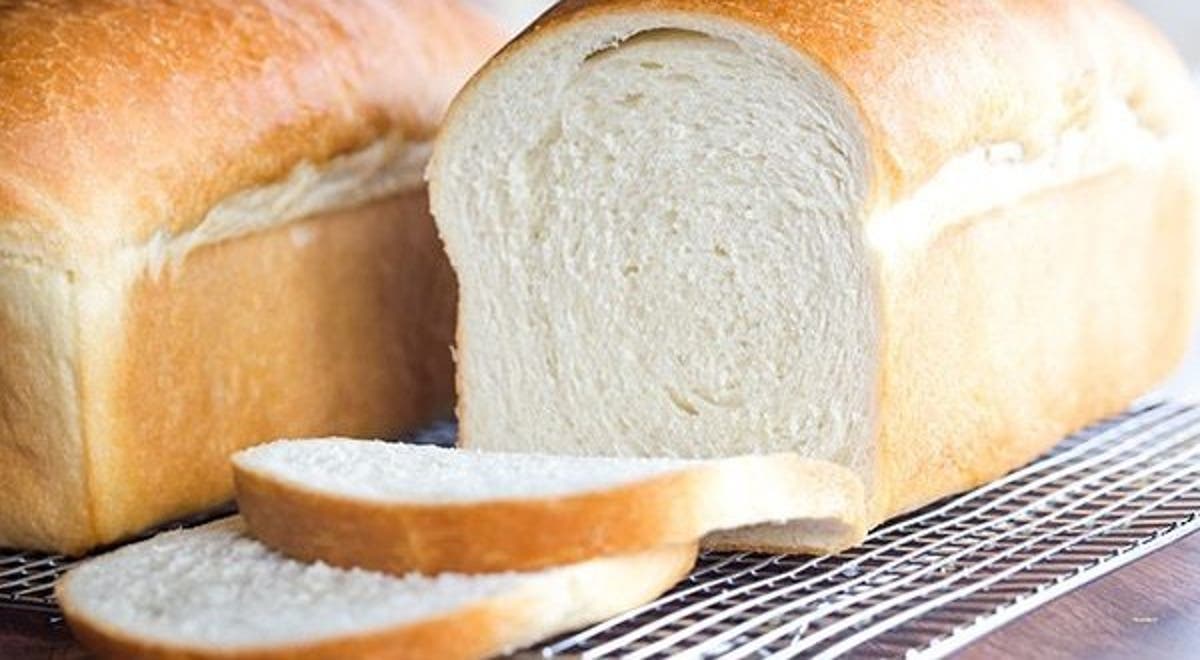Bread price jumps 109%
THE average price of a standard loaf of bread shot to $1 800 which is equivalent to US$1,70 at the official exchange rate of $1 059,60 to the greenback.
This represents a 109% hike on the $860 that was being charged mid-last month for the same loaf.
In an interview with NewsDay yesterday, Consumer Council of Zimbabwe executive director Rosemary Mpofu said the consumer watchdog had noted with “great concern” increases in prices of basic commodities such as bread.
“Consumers are currently facing numerous challenges from high consumer prices, low wages and incomes. With schools set to open soon they will be further hard pressed in paying school fees, levies and buying uniforms with some schools said to be demanding foreign currency payments only,” Mpofu said.
“We appeal to retailers, producers and monetary authorities to dialogue and address issues driving prices high, among them being the volatile foreign currency exchange rates, in order to contain run-away price hikes causing untold suffering to consumers, meanwhile urging consumers to seek other healthy alternative foodstuffs, home grown, in order to cushion themselves against high prices.”
National Bakers Association of Zimbabwe president Luckymore Zinyama said it had set the bread price at US$1, but different exchange rates were influencing the high prices.
Statistics by the Reserve Bank of Zimbabwe showed that the US dollar and the Zimbabwe dollar were trading at a weighted average rate of US$1: $1 059. On the parallel market, the local currency was trading at around $2 100 against the US dollar.
“We have not changed the wholesale price of our bread. It is still at US$0,90 and we expect the retailers to sell it for US$1,” Zinyama said.
“Why the retailers are then charging that much — they have their own reasons. Due to the volatility of the exchange rate, we have set the wholesale price in United States dollars because if we do that using local currency, then it means we will have to sit down as NBAZ every week to set the bread price.
“We are not a regulator of the price of bread. We just do the costing. The pricing is up to the bakery, but considering that we have three exchange rates — the official, interbank and parallel — that could be influencing the different pricing in the market.”
Confederation of Zimbabwe Retailers president Denford Mutashu said there was need for interventions to strengthen the local currency to minimise the price distortions.
“These are the consequences of re-dollarisation,” Mutashu said.
“Dollarisation does not help government, business or consumers in any way. It may stabilise prices, but just for a short while. In the longer term the cost of doing business will be very high.”
President Emmerson Mnangagwa reintroduced the local currency in 2019 after a decade of dollarisation.
The local currency has, however, been on a free fall, pushing the cost of basic goods and services beyond reach as retailers, manufactures and other companies seek to hedge against losses.
Some businesses are now exclusively demanding the United States dollar for some selected products.
“Commodities in dollarised economies will be very high beyond the affordability of many. Currently, retailers are in a difficult situation. Most, if not all, suppliers are demanding payment in US$ but retailers are expected to charge in local currency when 75% of the transactions are in United States dollars,” Mutashu said.
“The local currency is being pushed away. There is a need to strengthen the local currency because if we let it lose power, we are definitely going back to full dollarisation.”
Last week, government launched gold digital currency tokens as one of the measures aimed at stabilising the local currency. Last year, authorities introduced gold coins, but they have done little to save the Zimbabwe dollar.
Finance minister Mthuli Ncube last week accused businesses of manipulating the exchange rates, warning that this will force government to take drastic measures to arrest the situation.-newsday









